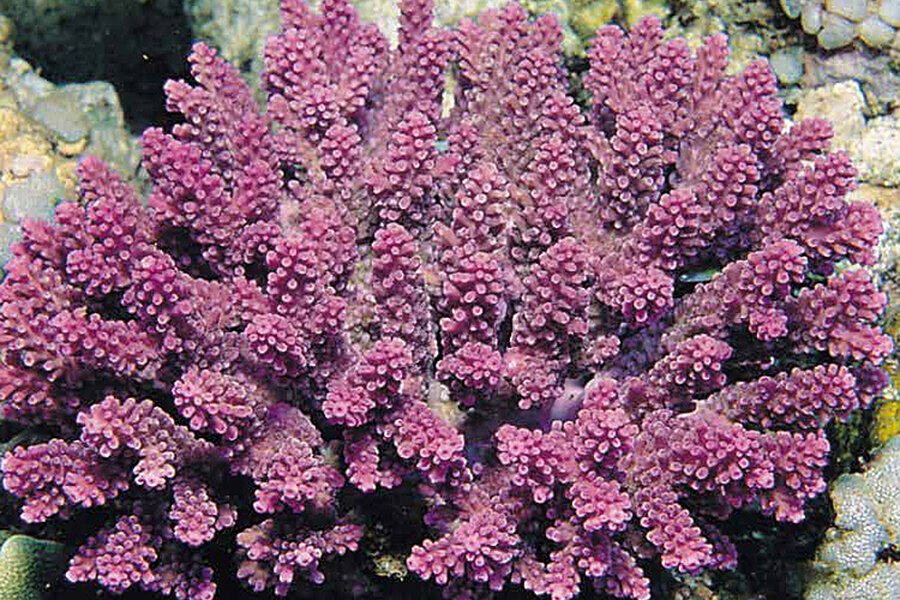Threatened coral: Climate change puts 20 types at risk
Loading...
| Washington
The US government is protecting 20 types of colorful coral by putting them on the list of threatened species, partly because of climate change.
“Coral reefs are one of the most biologically diverse ecosystems on Earth, providing habitat for many marine species. Protecting and conserving these biologically rich ecosystems is essential, and the Endangered Species Act gives us the tools to conserve and recover those corals most in need of protection,” Eileen Sobeck, assistant administrator for the National Oceanic and Atmospheric Administration (NOAA) Fisheries, said in a press release. “The final decision is a result of the most extensive rulemaking ever undertaken by NOAA. The amount of scientific information sought, obtained and analyzed was unprecedented.”
Five species can be found off the Atlantic and Gulf of Mexico coasts of Florida, Puerto Rico and the Virgin Islands. The other 15 are in the Pacific Ocean area near Guam and American Samoa.
NOAA originally looked at listing 66 species, but Wednesday listed only 20 for various reasons. All are called threatened, not endangered. Coral reefs, which are in trouble worldwide, are important fish habitats.
The agency cited threats to coral from global warming, including oceans getting more acidic, water getting warmer and a bleaching disease. Other threats include fishing practices. Two coral species already were listed.
NOAA outlined benefits of healthy coral in a press release Wednesday:
Coral reefs are critical to the health of marine ecosystems, and they face severe threats. Coral reefs world-wide have declined significantly — some individual species have declined by at least 90 percent. Healthy coral reefs provide shoreline protection for coastal communities and habitat for a variety of species, including commercially important fish. These benefits are lost when corals are degraded.
For more information, visit the NOAA site.





